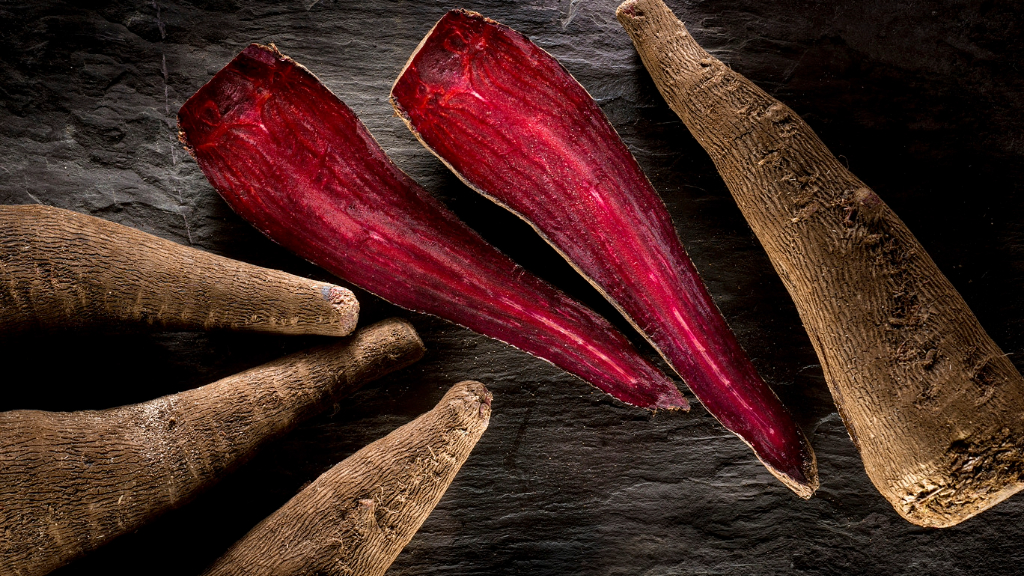Information On Crapaudine Beets


It's no secret that the vegetables we grow and eat today are not the vegetables our ancestors grew and ate. Our varieties have been bred and modified and bred some more to emphasize certain traits, so much so that our vegetables may be unrecognizable to someone even a few hundred years ago. That's what's so much fun about growing heirloom seeds - it's like looking straight into the past. And the Crapaudine beet is an especially notable case.
Beetroot Crapaudine History
Among all the heirloom beet varieties, the Crapaudine is thought to be the oldest, possibly dating back a thousand years. In M. Vilmorin-Andrieux's book The Vegetable Garden, published in 1882, it was referred to as "one of the oldest varieties." And it looks the part. This beet has skin that is thick and brown with the texture of tree bark. Its shape is long like a carrot, but thick like a turnip. It often has at least one trailing secondary root, and is sometimes spotted with woody patches that have to be cut out before eating. It's everything you'd expect from a primitive ancestor, many steps closer to a wild root someone found in the forest and decided to eat.
Information on Crapaudine Beets
The taste, however, is worth it. People tend to describe the taste as deeper and richer than that of a newer beet, and still very sweet. It's best prepared roasted in the thick skin, which is really too thick to eat, but slips off easily after an hour in the oven. Growing Crapaudine beets can be a little more trying than growing other beets. Germination is spotty, so plant many more seeds than you normally might, and thin according to what actually comes up. They also take longer to mature than most beets, often as much as a month longer. They're worth it, though!
Sign up for the Gardening Know How newsletter today and receive a free copy of our e-book "How to Grow Delicious Tomatoes".

The only child of a horticulturist and an English teacher, Liz Baessler was destined to become a gardening editor. She has been with Gardening Know how since 2015, and a Senior Editor since 2020. She holds a BA in English from Brandeis University and an MA in English from the University of Geneva, Switzerland. After years of gardening in containers and community garden plots, she finally has a backyard of her own, which she is systematically filling with vegetables and flowers.